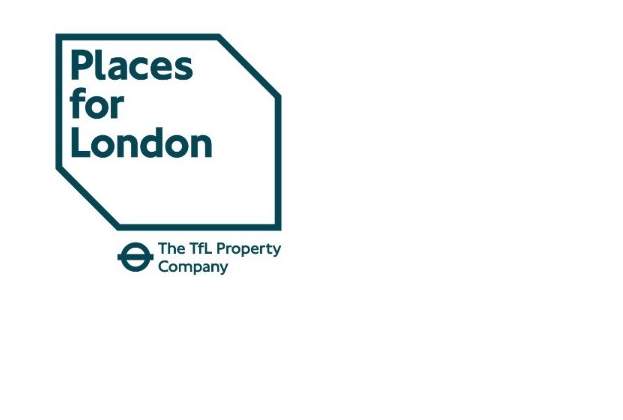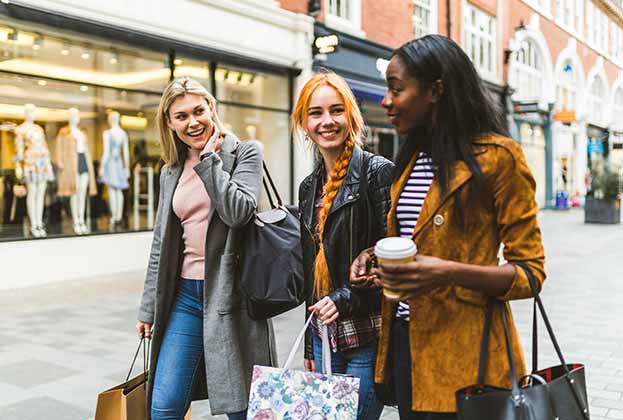There is no doubt that the current UK economic environment is tough - interest rates are at their highest level for 15 years, inflation also remains stubbornly high and prices continue to rise. This is before taking into account the fact that wage growth is lagging behind inflation. Suffice to say, consumers are having to deal with soaring costs with a lot less money.
However, despite these headwinds, it seems consumers are continuing to treat themselves. The ‘lipstick effect’ (a term coined by Estee Lauder’s Leonard Lauder) is often cited as a phenomenon that occurs during inflationary times. This is where shoppers cut back on high value luxury items in favour of lower-value indulgent items; in this case lipsticks.
It’s now more than two years since the last of the lockdowns and this provides an opportunity to see which retail categories are the shining stars both post-pandemic and through the cost of living crisis.
In the months following the end of lockdown, we saw big increases in sales of items such as watches and jewellery. Anecdotally, this was a sign that, with increased disposable income and limited opportunities to travel abroad, consumers were in the mood to spend big on themselves.
In the 12 months to May 2023, sales figures from across Savills managed retail and leisure sites showed that health and beauty sales were up 12 per cent versus the previous 12 months (against an average of +8 per cent across all retail), suggesting that the lipstick effect is still alive and kicking. Elsewhere, jewellery, despite its status as the indulgent post-pandemic purchase, only rose by 2 per cent over the same period.
When analysing the figures further, it seems that chocolate could be the new lipstick. Sales in confectionery items were up even higher at 14 per cent over the last 12 months. Another category that is associated with indulgence is food and beverage. One idea emerging from the Deloitte survey was a new treat index, referred to as the “Bourbon Barometer”. This suggests that consumers treat themselves to nice meals or a fine wine to lift their spirits. Fast food has been the clear front runner in this category according to Savills data, showing a 13 per cent growth over the last 12 months. However, restaurants are down 0.2 per cent over the same period, suggesting that consumers are favouring lower-value, quick-hit, grab and go options over more expensive meals. Factor in food price inflation and growth could be even lower.
So, despite the economic difficulties being faced, evidence does suggest that the lipstick effect is in full swing and shows that consumers are treating themselves to small indulgencies that can bring a much needed boost in challenging times.
*Figures are taken from c3,000 pieces of turnover collected on a monthly basis across 120 shopping centres and 350 retail parks.




.jpg)

.jpg)



.jpg)